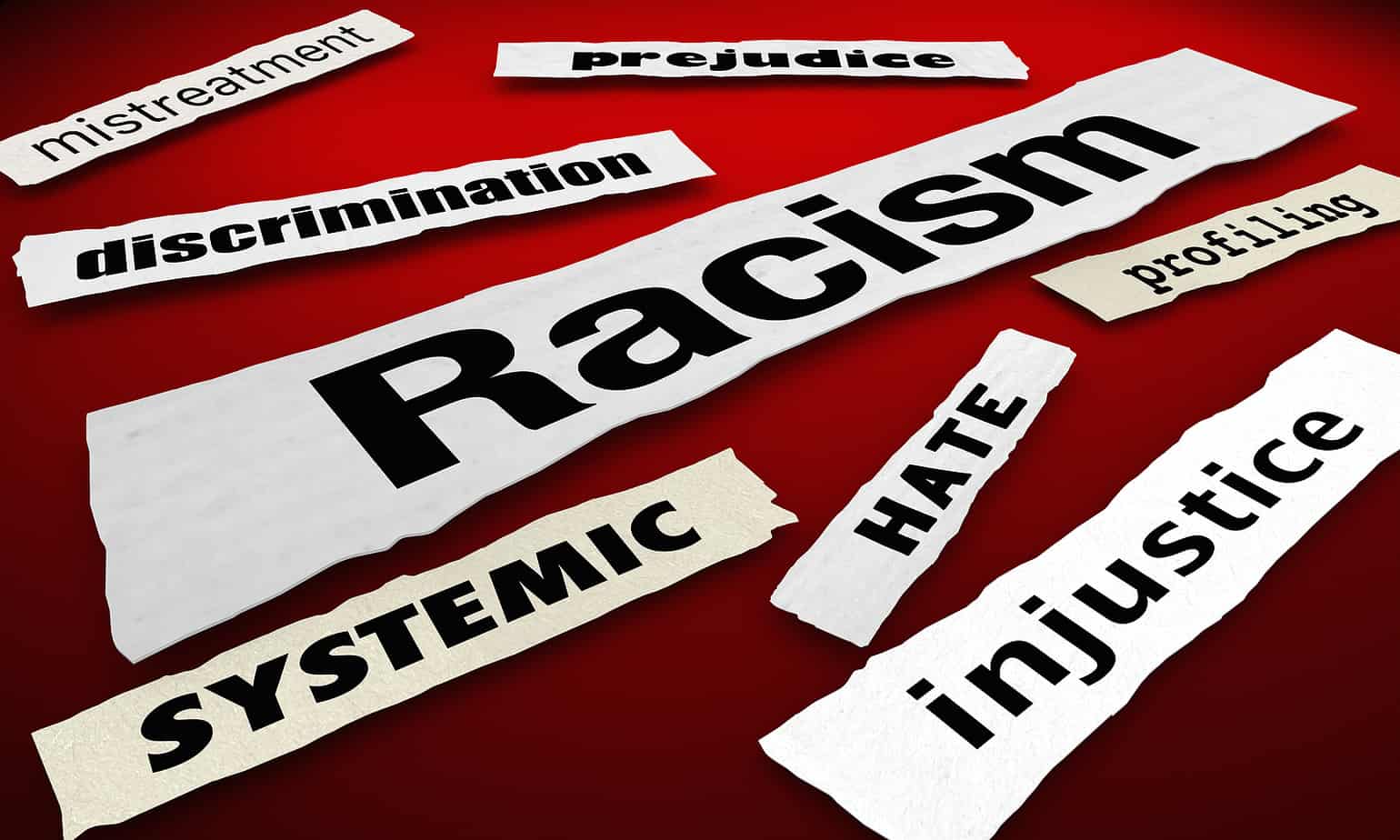Homelessness is a problem that affects millions of people worldwide. It can occur for many reasons, such as job loss, domestic violence, or mental health issues. One common challenge homeless people face is the lack of secure permanent housing.
Homeless people are forced to rely on emergency shelters or the streets without stable housing, which usually negatively impacts their physical and mental health, social networks, and overall quality of life.
What is the Right to Remain for the Homeless?
The right to remain for the homeless refers to the legal right of homeless people to occupy spaces like parks, sidewalks, or plazas as long as they are not causing harm to themselves or others.
This is based on the principle that everyone has the right to shelter and necessities regardless of their housing status.
Why is the Right to Remain Important for the Homeless?
The right to remain gives homeless people a sense of security and stability.
Without this entitlement, homeless persons are compelled to shift from one site to another, making access to essentials like food, water, and sanitation impossible.
How Do Homeless Information Management Systems Help Ensure the Right to Remain?
Homeless information management systems are technology cities and local governments adopt to track and manage homelessness data.
These systems can assist in protecting the right to remain by providing accurate and timely information regarding their populations, such as their location, needs, and preferences.
The data can be utilized to create custom intervention programs that address the specific needs of homeless individuals and families.
Challenges to the Right to Remain for the Homeless
The criminalization of homelessness, whereby laws and rules are utilized to limit or forbid homeless persons from using public spaces, is one of the main problems. This frequently results in fines or arrests, which can worsen the problems the homeless face.
Moreover, moving from temporary accommodation to permanent housing is challenging for homeless people due to the unavailability of affordable housing and support services.
Long-term homelessness could result from this, making it challenging for people to keep steady employment, access healthcare, and form social networks.
Practices for Effective Use of Homeless Information
Collaborating with neighborhood groups and service providers to ensure the HIMS is sensitive to the needs of the homeless and collects pertinent data. Ensuring that data is only exchanged with authorized stakeholders and that the HIMS is secure and secret.
Utilizing the HIMS to inform policy and program creation and to evaluate the effectiveness of interventions and services. Constantly upgrading the HIMS to ensure that it remains current and responsive to changing needs and objectives.
Ensure the Right to Remain Through Collaborative Efforts
To guarantee that the homeless people’s needs and concerns are recognized, city officials should be active in various constructive talks with the homeless people and the community stakeholders.
These stakeholders should establish extensive plans addressing the major problems of why people become homeless by providing solutions to the issues, like creating affordable housing and accessible support services and implementing policies to take people off the streets.
Continuing the Conversation
The subject of homelessness is complex, with so many things to be fixed or changed, ranging from policies and sensitizing people towards the homeless community.
The discussion must be considered, with participation as a critical communication factor, while collaborating to discover innovative solutions to this pressing issue.
Awareness should be created while lobbying for change to prioritize the needs of homeless people. A more equitable society can be created if all the right factors are implemented.
Image Source: Pixabay



